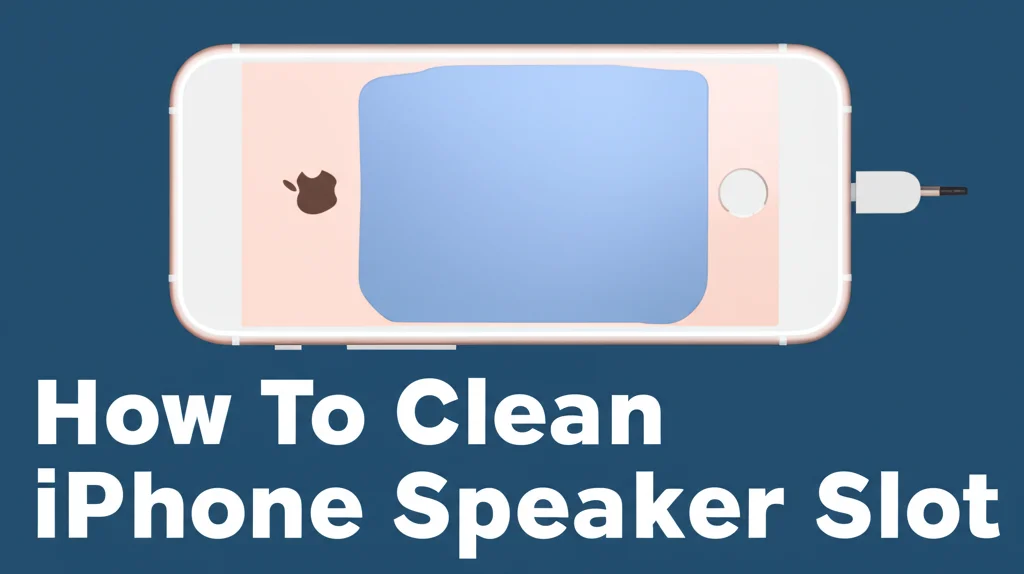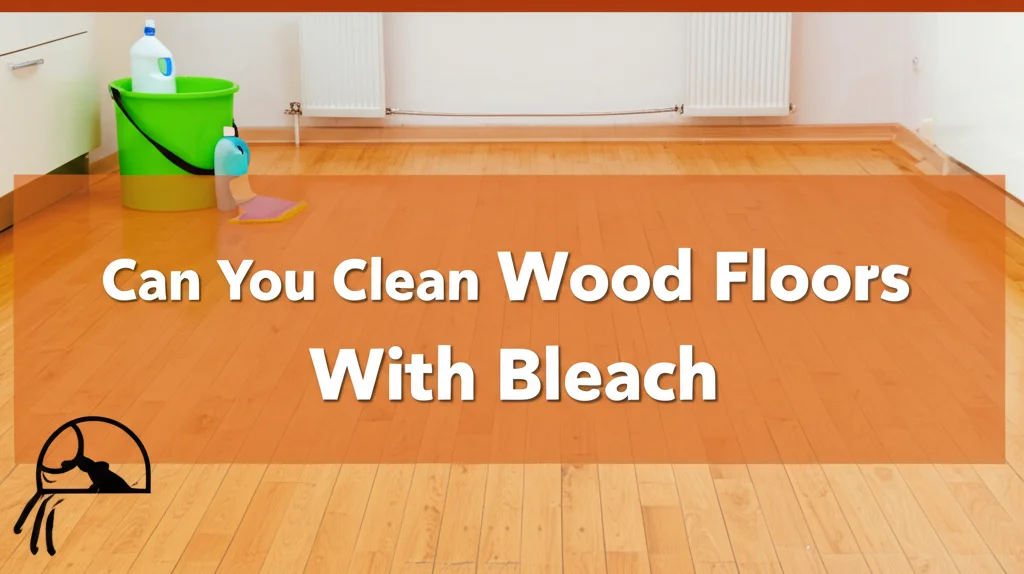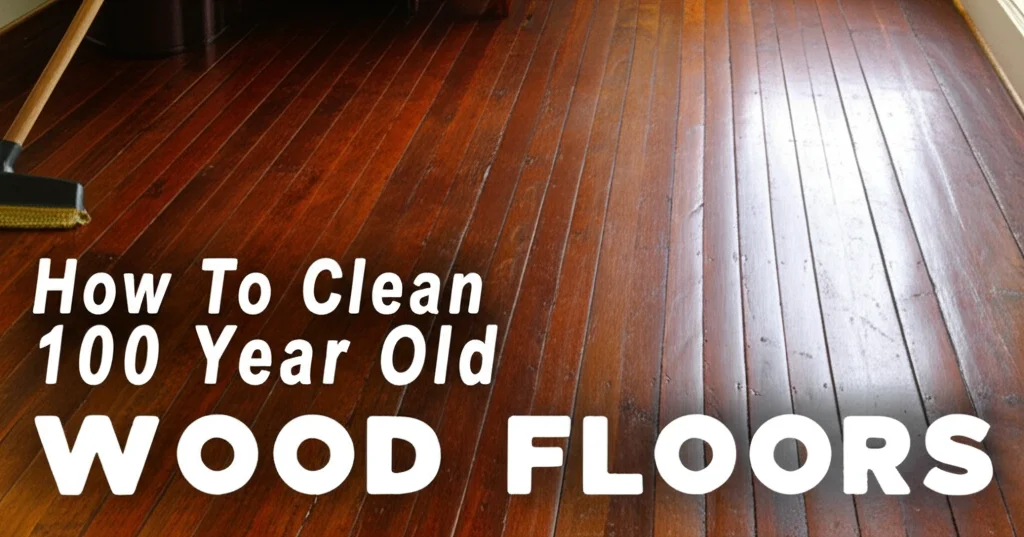· Tech & Gadgets · 7 min read
How To Clean Iphone Speaker Slot

Is Your iPhone Sounding Muffled? How To Clean Your iPhone Speaker Slot
Have you noticed your iPhone’s sound quality has diminished? It’s a common problem! Dust, lint, and debris can easily accumulate in the tiny speaker slot, causing muffled audio during calls, music playback, or when watching videos. Don’t worry, you don’t need to rush to an expensive repair shop. This article will guide you through several safe and effective methods to clean your iPhone speaker slot and restore its original sound quality. We’ll cover everything from simple tools you likely already have at home to a few precautions to avoid damaging your device. Let’s get your iPhone sounding like new again!
Takeaway:
- Regular cleaning prevents sound quality issues.
- Avoid using sharp objects that could damage the speaker.
- Compressed air is a safe and effective cleaning method.
- Gentle brushing can dislodge stubborn debris.
Quick Answer:
To clean your iPhone speaker slot, gently use a dry, soft-bristled brush (like a clean toothbrush), compressed air, or a specialized cleaning putty to remove dust and debris. Avoid liquids and sharp objects to prevent damage.
Why Does Your iPhone Speaker Get Clogged?
It’s almost inevitable – your iPhone speaker will get clogged eventually. Think about where you carry your phone: pockets, purses, and even just exposed to the air. These environments are full of tiny particles like dust, lint, and pocket fluff. These particles easily find their way into the speaker grille and accumulate over time. This buildup physically obstructs the sound waves, leading to a noticeable decrease in volume and clarity.
Furthermore, the speaker slot’s small size makes it particularly vulnerable. It doesn’t take much to create a blockage. Ignoring the issue can worsen the problem, potentially leading to permanent sound damage. Regular cleaning is a simple preventative measure that can save you from costly repairs or the need for a new device.
Tools You’ll Need to Clean Your iPhone Speaker
Before you start, gather the necessary tools. Using the right tools will make the process easier and safer. You likely already have many of these items at home. Here’s a list of what you’ll need:
- Soft-Bristled Brush: A clean, dry toothbrush is ideal. Make sure the bristles are soft to avoid scratching the speaker.
- Compressed Air: A can of compressed air (used for cleaning electronics) is excellent for blasting out loose debris.
- Cleaning Putty: Specialized cleaning putty (like Cyber Clean) is designed to lift dirt and dust from hard-to-reach places.
- Magnifying Glass (Optional): A magnifying glass can help you see the debris inside the speaker slot more clearly.
- Plastic or Wooden Pick (Optional): A plastic spudger or a wooden toothpick can be used very carefully to dislodge stubborn particles. Avoid metal picks!
Method 1: Using a Soft-Bristled Brush
This is the simplest and often most effective method for cleaning your iPhone speaker. It’s gentle and requires minimal effort.
- Power Off Your iPhone: Always power off your iPhone before cleaning to prevent any accidental electrical issues.
- Gently Brush the Speaker Grille: Using the soft-bristled brush, gently brush across the speaker grille in short, sweeping motions. Avoid pressing too hard.
- Brush in Different Directions: Brush in multiple directions to loosen and dislodge any trapped debris.
- Inspect and Repeat: Examine the speaker grille to see if any debris has been removed. Repeat the brushing process if necessary.
- Power On and Test: Power on your iPhone and test the sound quality.
Method 2: Utilizing Compressed Air
Compressed air is a powerful tool for removing dust and debris from tight spaces. It’s quick and effective, but requires a bit of caution.
- Power Off Your iPhone: As with the previous method, power off your iPhone first.
- Hold the Can Upright: Hold the can of compressed air upright to prevent liquid propellant from spraying out.
- Short Bursts of Air: Use short, controlled bursts of air to blow into the speaker slot. Avoid holding the nozzle too close to the speaker.
- Angle the Airflow: Angle the airflow slightly to reach different areas of the speaker grille.
- Inspect and Repeat: Check for any remaining debris and repeat the process if needed.
- Power On and Test: Power on your iPhone and test the sound quality.
Method 3: Employing Cleaning Putty
Cleaning putty is a non-toxic, moldable substance that effectively lifts dirt and dust. It’s particularly useful for reaching into small crevices. You can find this at most electronics stores or online.
- Power Off Your iPhone: Safety first – power off your iPhone.
- Roll the Putty into a Thin Coil: Take a small amount of cleaning putty and roll it into a thin, pliable coil.
- Gently Press into the Speaker Slot: Gently press the putty into the speaker slot, allowing it to conform to the shape of the grille.
- Pull Out Slowly: Slowly pull the putty out, bringing any trapped debris with it.
- Repeat as Needed: Repeat the process with a fresh piece of putty until no more debris is visible.
- Power On and Test: Power on your iPhone and test the sound quality.
What Not To Do When Cleaning Your iPhone Speaker
Cleaning your iPhone speaker isn’t complicated, but it’s important to avoid certain actions that could cause damage. Here’s a list of things not to do:
- Don’t Use Liquids: Avoid using water, cleaning solutions, or any other liquids near the speaker. Liquids can corrode the internal components.
- Don’t Use Sharp Objects: Never use metal pins, needles, or other sharp objects to clean the speaker. These can easily scratch or puncture the delicate speaker membrane.
- Don’t Apply Excessive Force: Be gentle when brushing or using compressed air. Applying too much force can damage the speaker.
- Don’t Disassemble Your iPhone: Avoid attempting to disassemble your iPhone to clean the speaker. This can void your warranty and potentially cause irreparable damage.
- Don’t Ignore the Problem: Regularly cleaning your speaker is easier than dealing with a severely clogged or damaged speaker.
Preventing Future Speaker Clogs
Once you’ve successfully cleaned your iPhone speaker, you can take steps to prevent future clogs. A little preventative care can go a long way.
- Keep Your Phone Out of Dusty Environments: Avoid exposing your iPhone to excessive dust or dirt.
- Use a Case: A protective case can help shield the speaker grille from debris.
- Regularly Wipe Down Your Phone: Wipe down your iPhone with a soft, lint-free cloth to remove dust and fingerprints.
- Avoid Pockets with Lint: Try to avoid carrying your iPhone in pockets that are full of lint or debris.
- Periodic Cleaning: Make cleaning your speaker a part of your regular phone maintenance routine. A quick brush every few weeks can prevent buildup.
If you’re looking for more ways to keep your home clean, consider checking out how to clean luxury vinyl plank flooring: https://www.beacleaner.com/how-to-clean-luxury-vinyl-plank-flooring/.
FAQ: Common Questions About Cleaning iPhone Speakers
Q: Can I use a vacuum cleaner to clean my iPhone speaker?
A: While tempting, using a vacuum cleaner is generally not recommended. The suction can be too strong and potentially damage the speaker membrane. It’s best to stick to the gentler methods described above.
Q: My speaker still sounds muffled after cleaning. What should I do?
A: If cleaning doesn’t improve the sound quality, there may be a more serious issue with the speaker itself. Consider contacting Apple Support or a qualified repair technician.
Q: How often should I clean my iPhone speaker?
A: The frequency of cleaning depends on your environment and usage. A quick cleaning every few weeks is generally sufficient, but you may need to clean it more often if you frequently expose your phone to dust or dirt.
Q: Is it safe to use rubbing alcohol to clean my iPhone speaker?
A: No, absolutely not. Rubbing alcohol can damage the speaker and other internal components. Always avoid using liquids near your iPhone.
Conclusion: Restore Your iPhone’s Sound Quality Today!
A muffled iPhone speaker can be frustrating, but thankfully, it’s often a simple fix. By following the methods outlined in this guide, you can safely and effectively clean your iPhone speaker slot and restore its original sound quality. Remember to be gentle, avoid liquids and sharp objects, and make regular cleaning a part of your phone maintenance routine. Don’t let a clogged speaker ruin your audio experience – take a few minutes to clean it today! If you’re looking for more cleaning tips, you might find our guide on how to remove baking soda residue from carpet helpful: https://www.beacleaner.com/how-to-remove-baking-soda-residue-from-carpet/.




